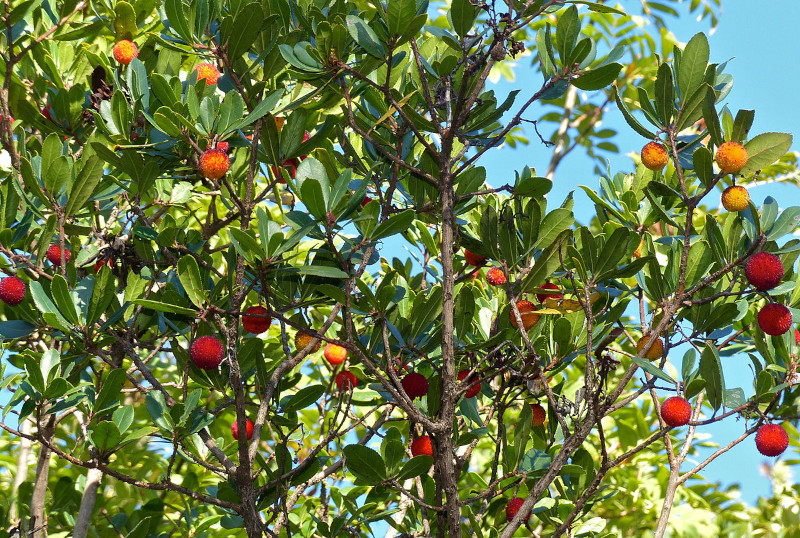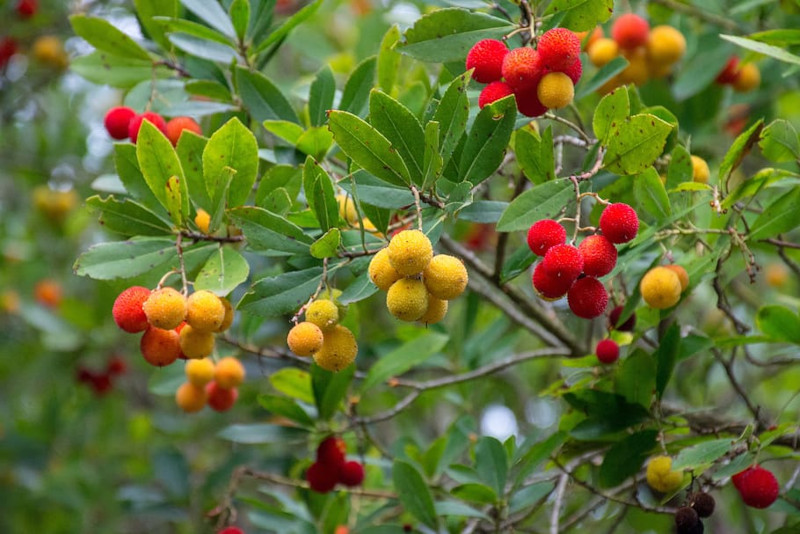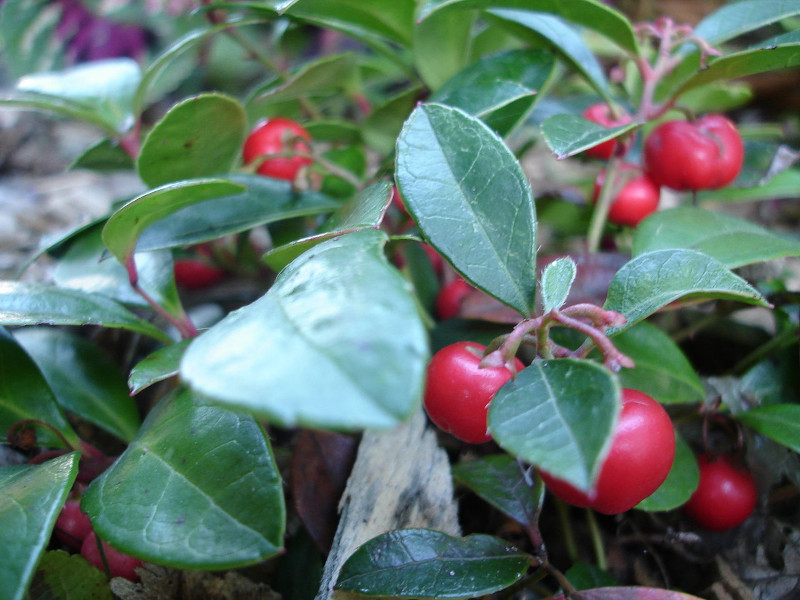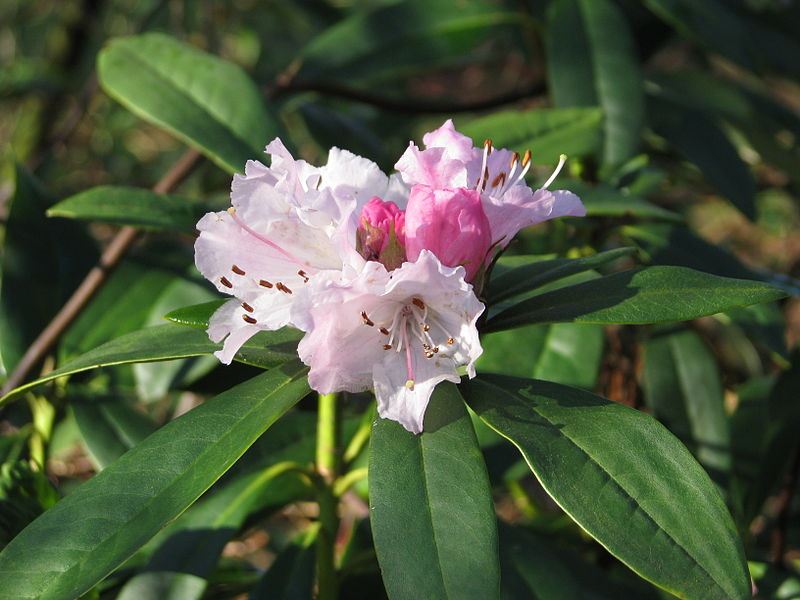
Strawberry Tree Facts
- This charming and colorful creation of Nature and evolution most frequently goes by the common name of the Strawberry Tree. It does have other titles, though. These include the terms Cane Apple, Dalmation Strawberry, and Killarney Strawberry Tree.
- Inside of the scientific community, however, it’s likely better known by its technical moniker. Thankfully for the layperson, that’s a much simpler one to pronounuce than many such titles. That’s because it holds the official appellation of Arbutus unedo.
- The plant received that simply name due to the efforts of Carl Linnaeus. The highly esteemed botanist and zoologist recorded the first official recognition of the plant as a separate and distinct species. He accomplished that noteworthy deed in 1753.
- Pleasantly, the Strawberry Tree seems to be maintaining a population base that’s both stable and sufficient. That enjoyable trend further appears to hold true throughout the entirety of its range. The IUCN thus lists it as Least Concern on its Red List.
- The marvel of Nature nonetheless faces some potential threats to its exisence, at least. Like most species around the globe, many of these stem from the actions of humans. The Angiosperm faces such dangers as habitat loss and ongoing climate change.
Related Articles

Strawberry Tree Physical Description
The dazzling Strawberry Tree represents a flora that captivates many who encounter it. Yet it does not do so only due to its beauty, though that’s certainly a factor. That’s true since it also fascinates many individuals because the plant is also highly variable in its growth.
This intriguing Eudicot attains a wide range of sizes, even among specimens in the same general area. Typically, examples reach heights ranging from 13 – 23 ft (4 – 7m). Some, however, grow to up to 50 ft (15 m). It thus matures as either a large shrub of small tree.
Even the nature of its trunk often varies. Some plants produce a single trunk, while others have several. This feature averages about 30 in (76.2 cm) in diameter. Its bark generally shows a reddish hue. This begins as smooth in young trees, but thickens and pales as it ages.
The smaller, numerous twigs that branch off present a greenish or reddish color. As it grows, these also become thicker, and develop a twisted shape. The leaves each hosts develop as elongated, with serrated edges. Each of these appears waxy on top, but dull underneath.
The flowers of the beautiful Strawberry Tree appear in large clusters. They possess a bell-like shape, and average about 0.25 in (7 mm) in diameter. These droop from a dark red stem, while they themselves display a brilliant shade of white, and emit a strong, yet sweet, smell.
Yet it’s the fruits of the remarkable flora that garner the most attention. They also serve as the source of the common name. These display a bumpy skin and bright red when first ripe. As each ripens further, though, this changes colors through orange and even light yellow.
- Kingdom: Plantae
- Phylum: Tracheophytes
- Class: Eudicots
- Order: Ericales
- Family: Ericaceae
- Genus: Arbutus
- Species: A. unedo
Strawberry Tree Distribution, Habitat, and Ecology
The gorgeous Strawberry Tree evolved as native to a reasonably broad range of the earth’s surface. It also did so in a region in which it shares a vast array of other natural marvels. That’s because it most often appears in the Mediterranean Basin and western Europe.
It’s common in Spain, Portugal, and southeastern France. From there, though, it spreads out through Algeria, Liby, and Tunisia. To the east, it appears in other countries, including Italy, Greece, Israel, Palestine, and Syria. A small population also appears in southwest Ireland.
The flora displays decidedly clear preferences for its choice of habitat. That’s due to the fact that the vast majority of specimens occurring naturally appear in what’s called a maquis habitat. Most of these grow in warm coastal regions with mild humidity and little rain.
Locations where it appears include such places as along steep slopes, and other such spots not easily accessible. Most examples occur at altitudes ranging from sea level up to 3,937 ft (1,200 m). The wonder also prefers little wind and a climate with little seasonal change.
Intriguingly, the fabulous Strawberry Tree blooms in either winter or spring, depending on local conditions. Like many trees, pollination of these occurs via the actions of various insects, primarily different species of bees. Its colorful fruit typically ripens in Autumn.
Various animals consume the fruits of the species, of course. Among humans, these are often consumed either fresh or in jams, marmalades, and even alcoholic beverages. Its leaves also serve many purposes in a wide range of traditional herbal medicinal treatments.
Species Sharing Its Range
Check out our other articles on 5 Marvelous Plants of Maine, Eastern Gray Squirrel, Waw an Namus, Axolotl, Southern Plains Bumblebee, Pesquet’s Parrot, Philippine sailfin lizard


